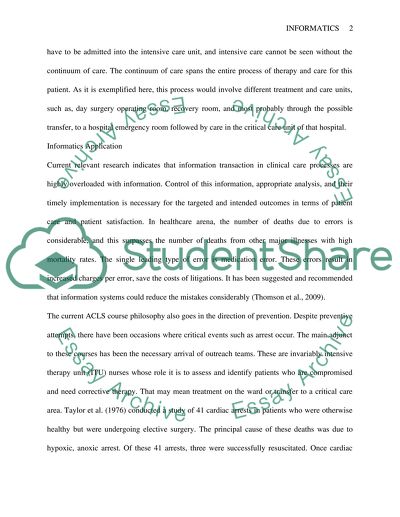Cite this document
(“Unexpected cardiac arrest during anaesthesia Case Study”, n.d.)
Unexpected cardiac arrest during anaesthesia Case Study. Retrieved from https://studentshare.org/health-sciences-medicine/1525865-unexpected-cardiac-arrest-during-anaesthesia
Unexpected cardiac arrest during anaesthesia Case Study. Retrieved from https://studentshare.org/health-sciences-medicine/1525865-unexpected-cardiac-arrest-during-anaesthesia
(Unexpected Cardiac Arrest During Anaesthesia Case Study)
Unexpected Cardiac Arrest During Anaesthesia Case Study. https://studentshare.org/health-sciences-medicine/1525865-unexpected-cardiac-arrest-during-anaesthesia.
Unexpected Cardiac Arrest During Anaesthesia Case Study. https://studentshare.org/health-sciences-medicine/1525865-unexpected-cardiac-arrest-during-anaesthesia.
“Unexpected Cardiac Arrest During Anaesthesia Case Study”, n.d. https://studentshare.org/health-sciences-medicine/1525865-unexpected-cardiac-arrest-during-anaesthesia.


